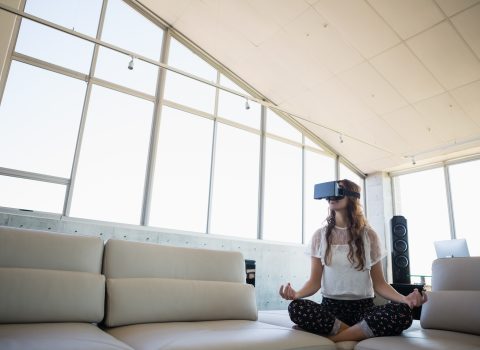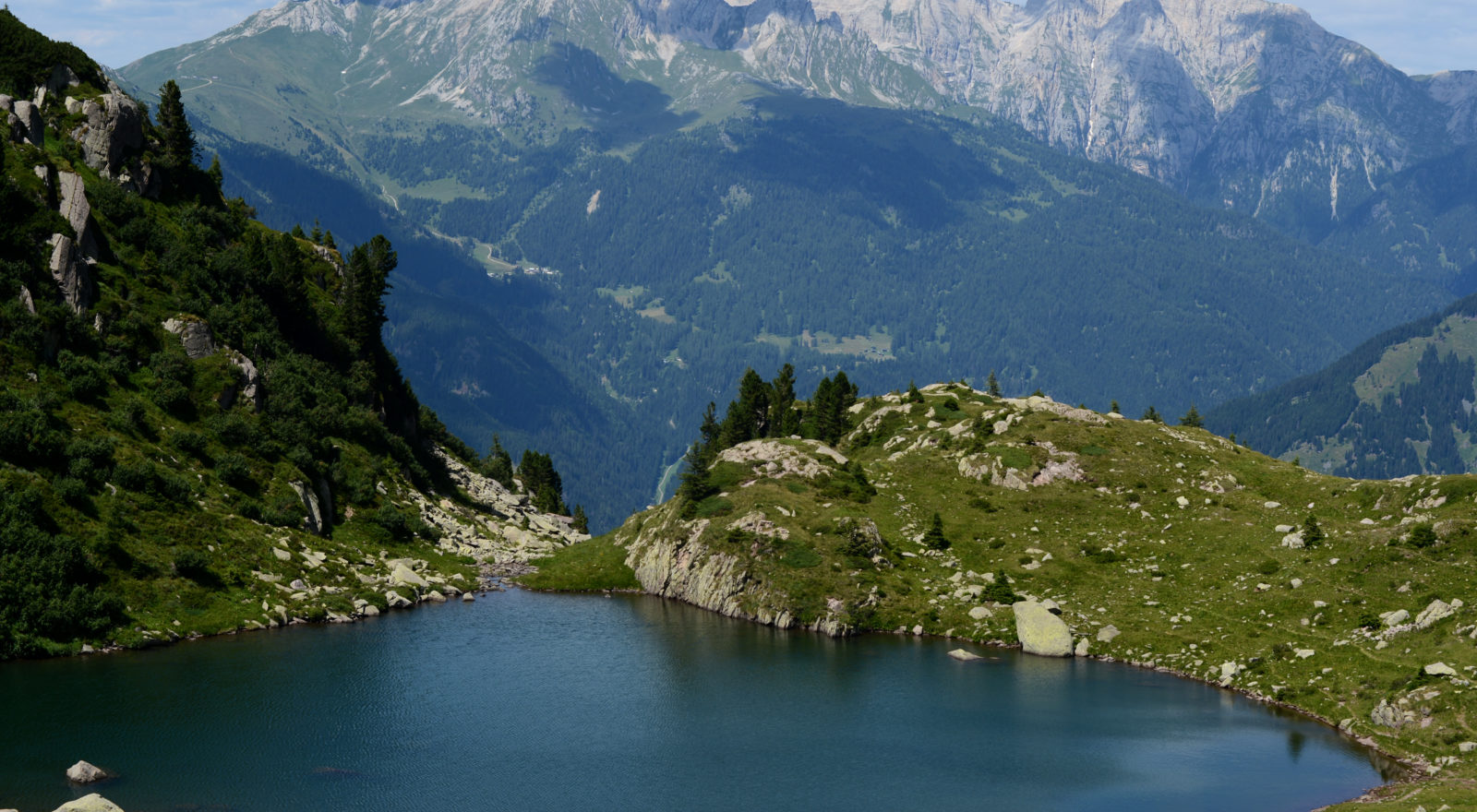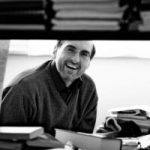
How does the future look watched from above? Mountains after the pandemic
The story of a day of public meetings designed to highlight the kaleidoscopic character of the "High lands".
Do the “mountains” really exist?
The question may seem bizarre at first glance. If the “sea” exists as a physical and symbolic place, the “mountains” will necessarily exist as well. But the mountains, as those who know them well repeat over and over again, have many faces and speaking of the “mountain” in the singular (as we Italians do, editor’s note) is like reducing this complexity to a postcard image: too beautiful, too flat, too fake.
December 11, on the occasion of International Mountain Day 2021, FBK, together with the Trento Film Festival, organized three events designed precisely to highlight the kaleidoscopic character of the “High lands”.
To begin with, a round table was held in Trento at the SOSAT hall in the morning. The topic of the event was the pandemic and the post-pandemic future, as they appear from the privileged observatory of the Alpine valleys. The speakers – Antonio G. Bortoluzzi (writer), Nicola Magrin (illustrator), Roberta Silva (Mountain hut keeper), Michele Trentini (documentary maker) – both took stock of the nearly two years of health emergency and tried to put on the balance the reasons which lead us to hope for the future and not just to watch over the risks we are running.
The importance of adding the voice of the mountains to the global conversation about an event that, while on the one hand has taken everyone by surprise, on the other hand seems only the dress rehearsal of the true global emergency that looms over humanity – climate change – emerged clearly listening to the deep and calm words of people who, thanks to their familiarity with fragility, solitude, freedom and the community vocation of the large Alpine areas, highlighted aspects of the pandemic that too often are overshadowed by the daily management of health and economic emergencies.
This attempt to go beyond the surface reached its peak in the afternoon, at Levico, where Nicola Magrin and Antonio G. Bortoluzzi engaged in a non-ritual conversation hosted by Lisa Orlandi (La Piccola Libreria) and Riccardo Bosco (Ristorante Boivin).
Starting from comics – perhaps the most ancestral form of literature – the writer and illustrator managed to show with ease how the search for what is essential in the mountains can take different, but ultimately converging, paths: the narrow path of memory, in the case by Bortoluzzi, and the boundless one of the artistic and spiritual exploration undertaken by Magrin.
Finally, the day ended with the evening screening of the documentary “The Red House”: a film set in eastern Greenland that tells the extraordinary humanitarian enterprise of South Tyrolean explorer Robert Peroni grappling with the irreversible crisis of the nomadic life of the Inuit.
How do you survive a shattered world, where entire communities have been forced to cut ties with a millennial past within a few decades? What resources can hope leverage in the midst of catastrophe?
Peroni, who was present in the room, explained to the spectators how his passion for geographical adventure has given way over the years to the taste for human adventure and told in simple words how the spiritual richness of the mountains has helped him to face the complexity of a society now devoid of any social, cultural, religious compass.
The mountain with a thousand faces – this is the great lesson taught by all three events organized by FBK together with the Trento Film Festival – is a resonant physical and cultural environment, which can change people deeply by making head and heart work together.
This ability to dig inside people, making them vibrate together with the rocks, the woods, the alpine streams was vividly represented in the Ladin short film “Monologhes”, made by Andrea Franceschini (FBK) in collaboration with the Ladin Institute of Fassa and screened at the end of the round table.
The cinematic tension between the faces, thoughts and the context of life of the protagonists of the documentary allowed the audience that crowded the SOSAT room to touch the choral dimension and the depth of the voice that comes from the high lands and understand why it is essential to accommodate the mountains in the public discussion on the global challenges humanity is bound to face in the coming decades.

